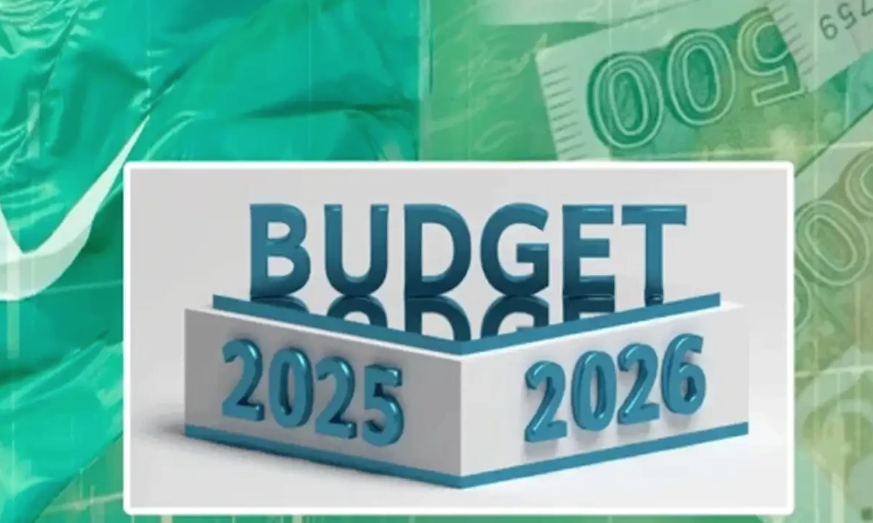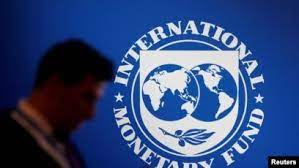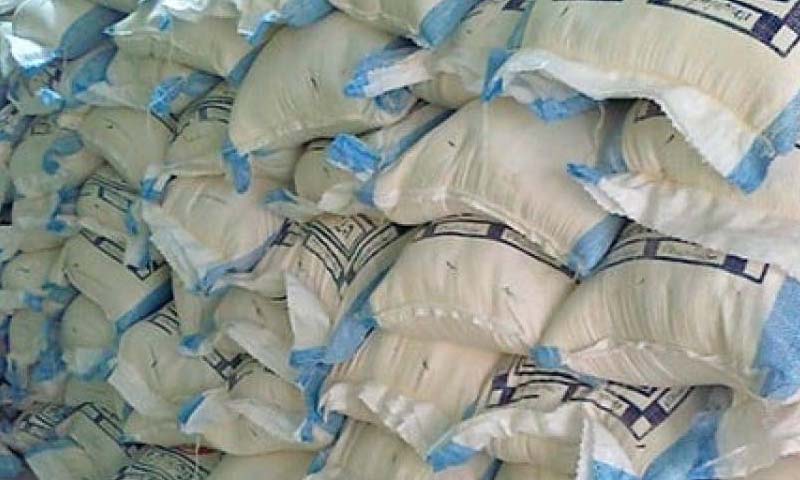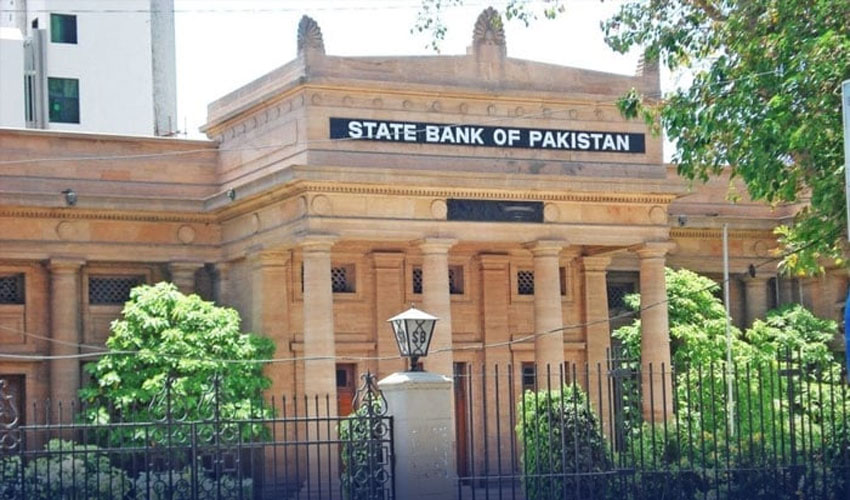TRADE & ECONOMY
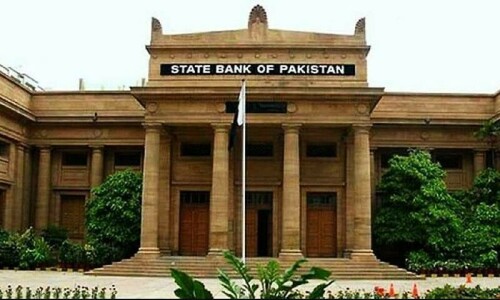
The State Bank of Pakistan (SBP) on Monday announced a significant cut in its key policy rate, bringing it down to 11% from the previous 12%, citing sharply declining inflation and an improving macroeconomic environment. The move comes as a relief to trade and industry sectors that had been demanding monetary easing to stimulate growth.
This is the sixth rate cut since June 2024, with the central bank reducing the benchmark interest rate by a cumulative 1,000 basis points from the previous peak of 22%.
April’s Consumer Price Index (CPI) showed inflation had dropped to an unexpectedly low 0.3% year-on-year — its lowest level in over two years. The Monetary Policy Committee (MPC) attributed this to high base effects from last year and significant declines in the prices of key food items like wheat, onions, potatoes, and certain pulses, along with lower electricity and fuel charges.
“The inflation outlook has improved further relative to the previous assessment,” the SBP noted in its statement. Core inflation also eased to 8.0% from a persistent 9% over the past few months, reflecting moderated demand and a more favorable base.
The MPC also considered several positive developments since its last meeting. Pakistan recorded a current account surplus of $1.2 billion in March, buoyed by record-high remittances. Additionally, provisional GDP growth was reported at 1.7% for Q2 of FY25, while Q1 figures were revised upward to 1.3% from the initial 0.9%.
Consumer and business sentiment also showed improvement in recent surveys. However, the SBP highlighted ongoing concerns, including a widening tax shortfall and growing global uncertainties related to trade tariffs, oil prices, and geopolitical tensions — particularly the escalating situation with India.
“The committee emphasized the importance of maintaining a measured monetary policy stance,” the statement read, suggesting that while inflation is under control for now, risks remain.
The SBP warned that future inflation could be influenced by food price volatility, energy price adjustments, global commodity markets, and potential supply chain disruptions. Despite these risks, it remains optimistic that inflation will stabilize within the target range of 5% to 7%.
Trade bodies and business chambers, which had long been lobbying for rate cuts to boost economic activity and ease the cost of borrowing, welcomed the decision. Yet, some analysts had expected a more conservative approach, particularly due to geopolitical tensions with India that might reintroduce inflationary pressures.
This rate decision follows the central bank’s surprise move in March to keep the rate unchanged at 12%, disappointing businesses at the time. Today’s decision signals a shift toward a more pro-growth stance, balancing inflation control with economic recovery.
The SBP’s next monetary policy decision is expected in two months, with market watchers keenly observing food prices, energy policy, and regional stability for further clues.
